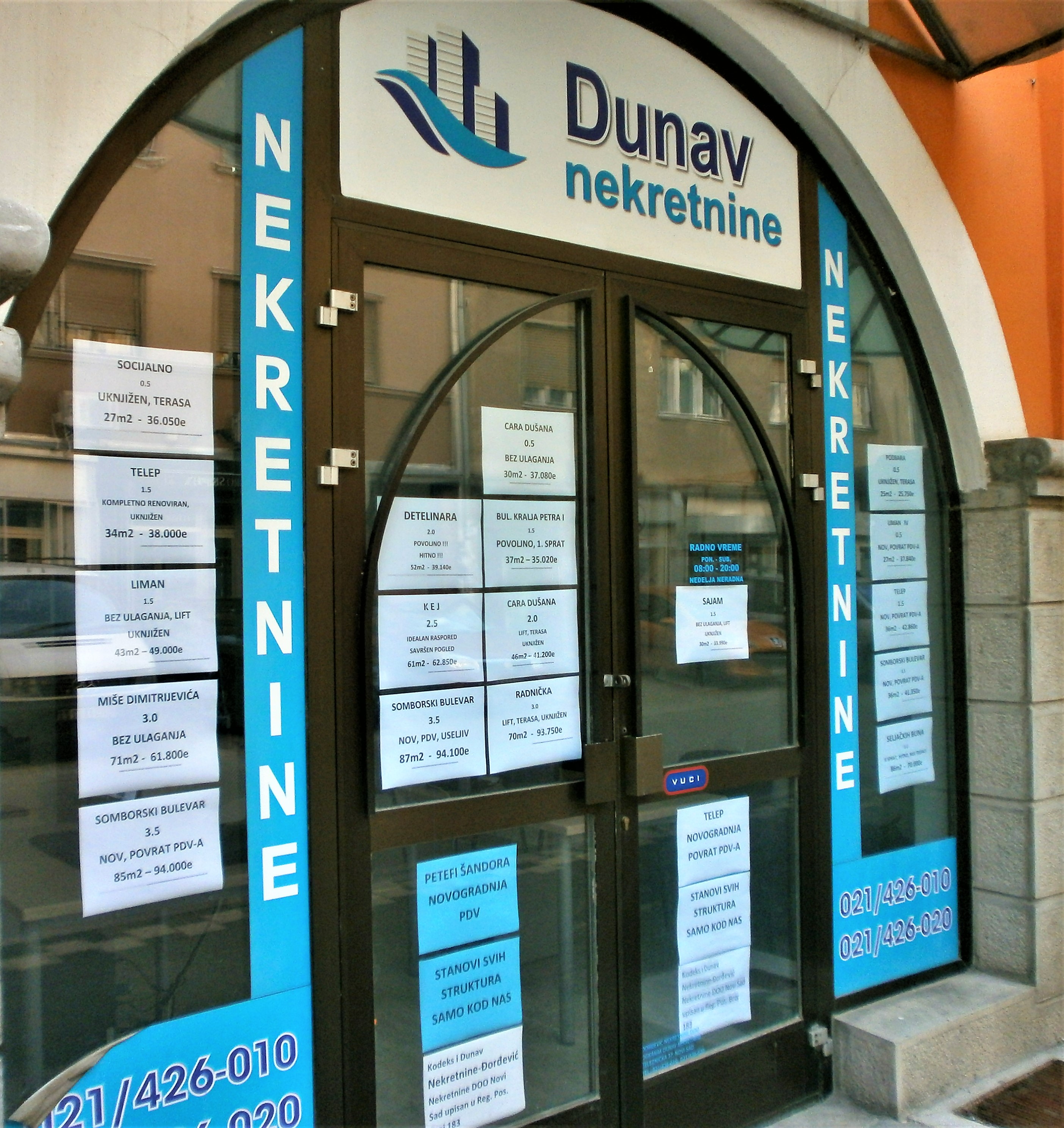Back in the day, at the time of the Socialist Federal Republic of Yugoslavia (SFRJ), many found the information that a rather small town of Ljubljana had more holiday cottages (gross number, not per capita) than Munich quite surprising.
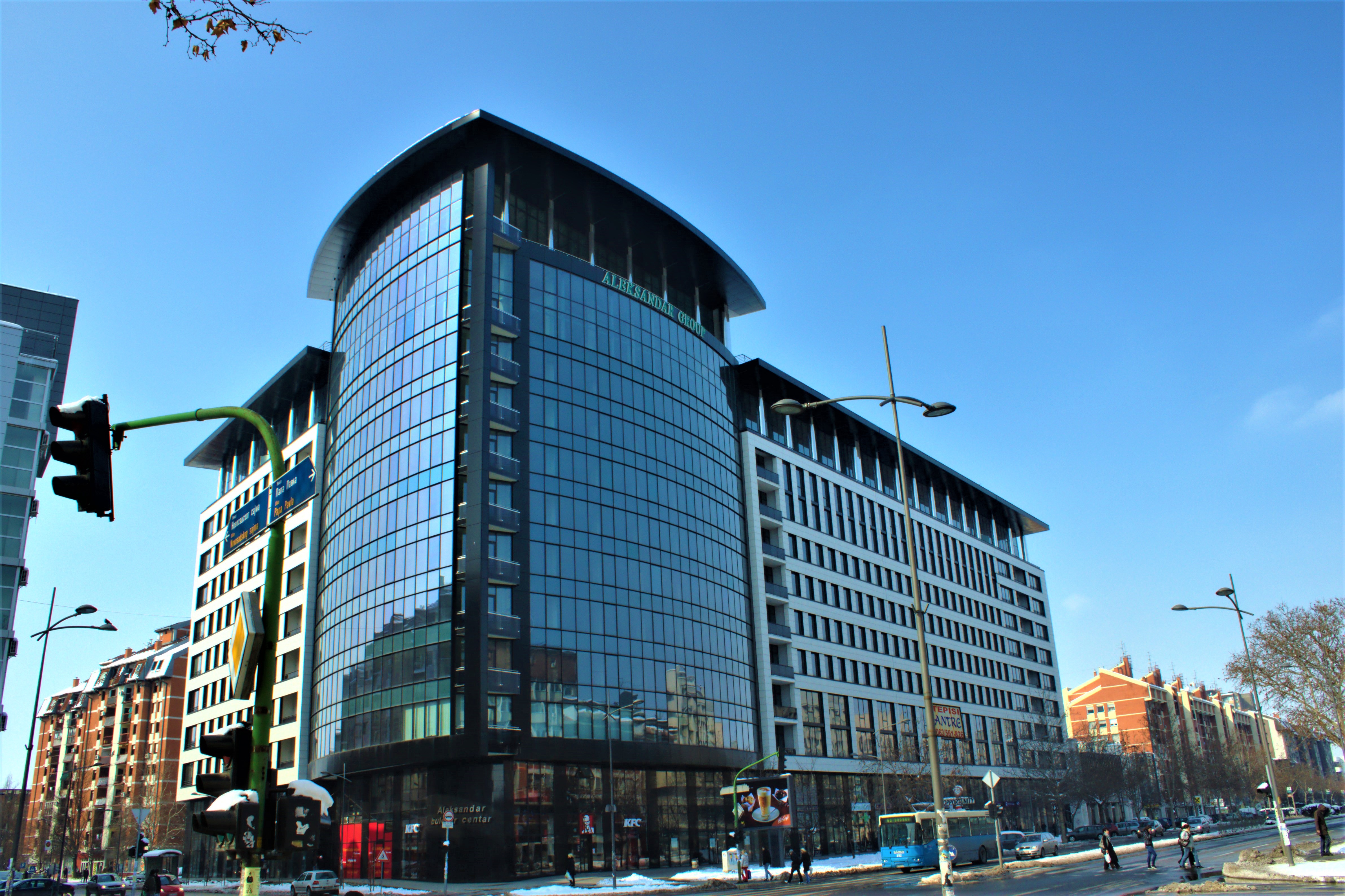
The explanation for this was very simple – while people in Germany invested in stock trading, the surplus money in Yugoslavia was spent on building properties. It is enough to see just how many holiday cottages are there on the Fruška Gora Mountain to conclude that the holiday cottage boom was not only happening in Ljubljana. Times have changed, capitalism and stock exchanges have now existed for 28 years, but the love that South Slavs have towards real estate did not disappear, just like in most of South Europe.
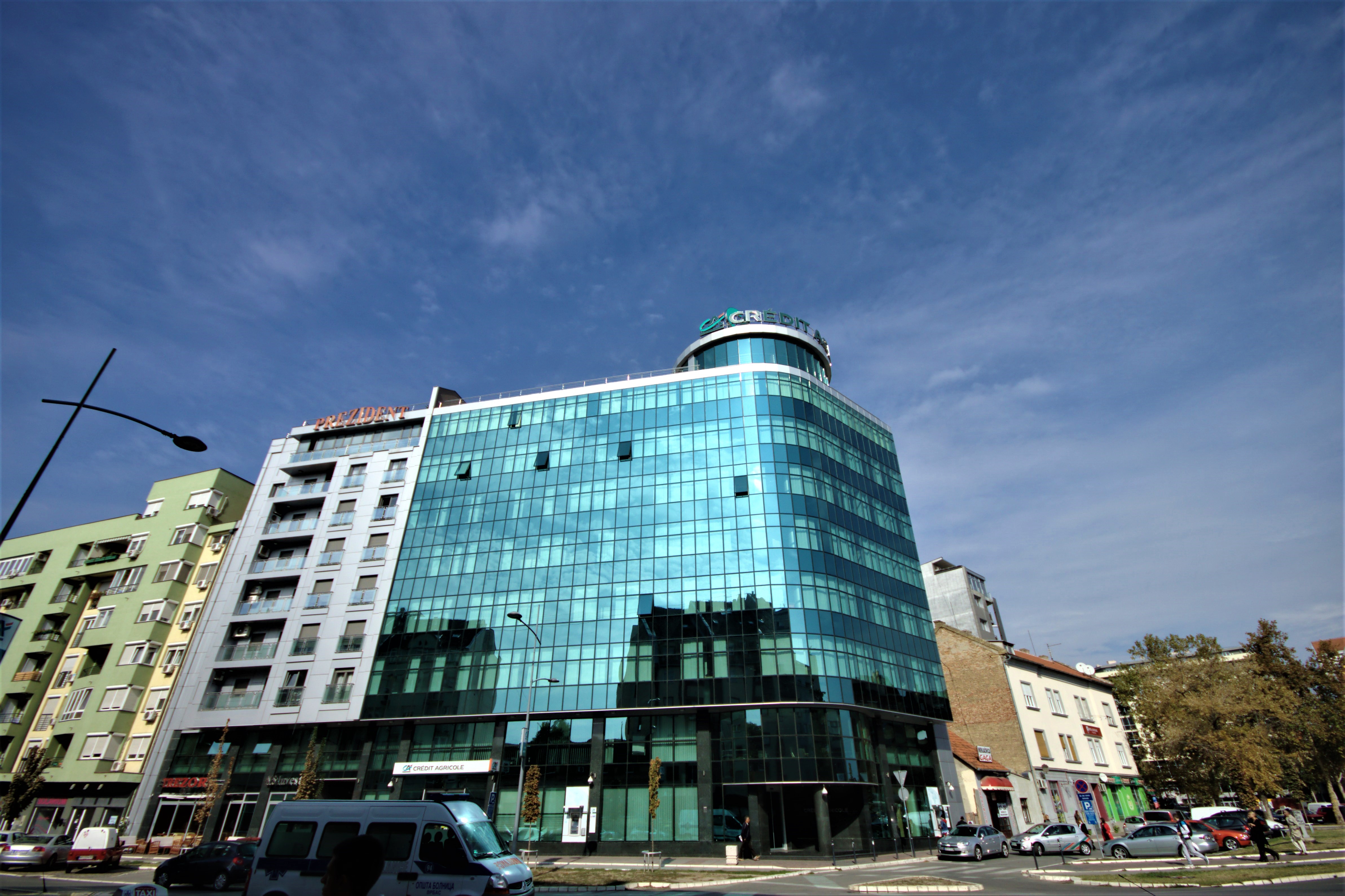
The construction boom has also affected Spain, where it was both the driving force behind the economic growth and a trigger for the crisis. The problem with real estate is that even when it is rented, it generates lower yield on a monthly basis than interests or dividends. Still, real estate remains a very popular type of investment in our region, hence the construction boom here. There is a story that the best buildings in the USSR were those built during the tsarist times and Stalin, followed by the buildings from the Khrushchev and Brezhnev times. As the years progressed, the quality of construction has been declining in a linear fashion. However, things are different here, and we can see that the newest construction trends in most countries are all about better building materials, better insulation, and green construction in line with the environmental standards which all push up the value of property.
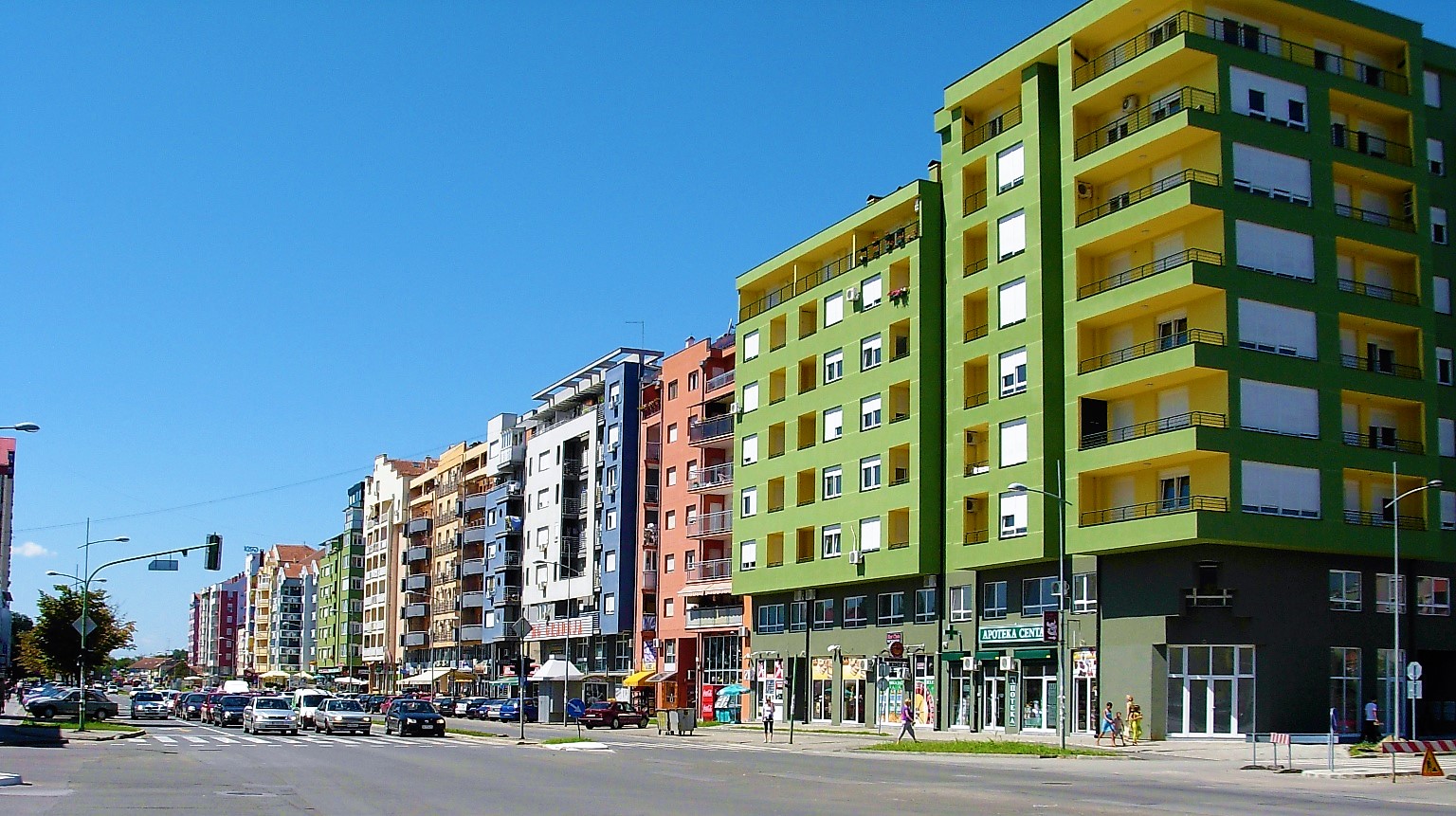
The construction boom was first started in major cities, such as Belgrade and especially Novi Sad, which after the disastrous spatial planning solutions from the 1960s to the 1980s, was left with a bunch of “holes” in the urban city core that could and should have been filled. In the area surrounding the town centre, there was a series of neighbourhoods with small, low and relatively poorly built houses that could have been demolished and replaced by high rise, which eventually did happen. Due to the flat terrain, there was enough room for expansion in all directions. This also caused a wide array of real estate prices which range from 800 to 1,500 euro per square metre. The older residential buildings (those in the quarters like Detelinara, around the Railway Station and Novo Naselje) are usually in a lower price range, while the real estate in the Liman neighbourhoods and town centre, as well as newly built real estate, are in an upper price range. It often happens that business buildings are joined with residential ones in a single building, mixing business premises with flats. The most popular location choice for business buildings are intersections of two or more streets, since, in certain cases, they are allowed to have 50% more floors than in other streets, because such buildings are considered „landmarks“. We did not have to wait long for the construction boom to spillover into other cities, i.e. those cities where industry and economy have been revitalized and where there are quite a lot of investments in real estate.
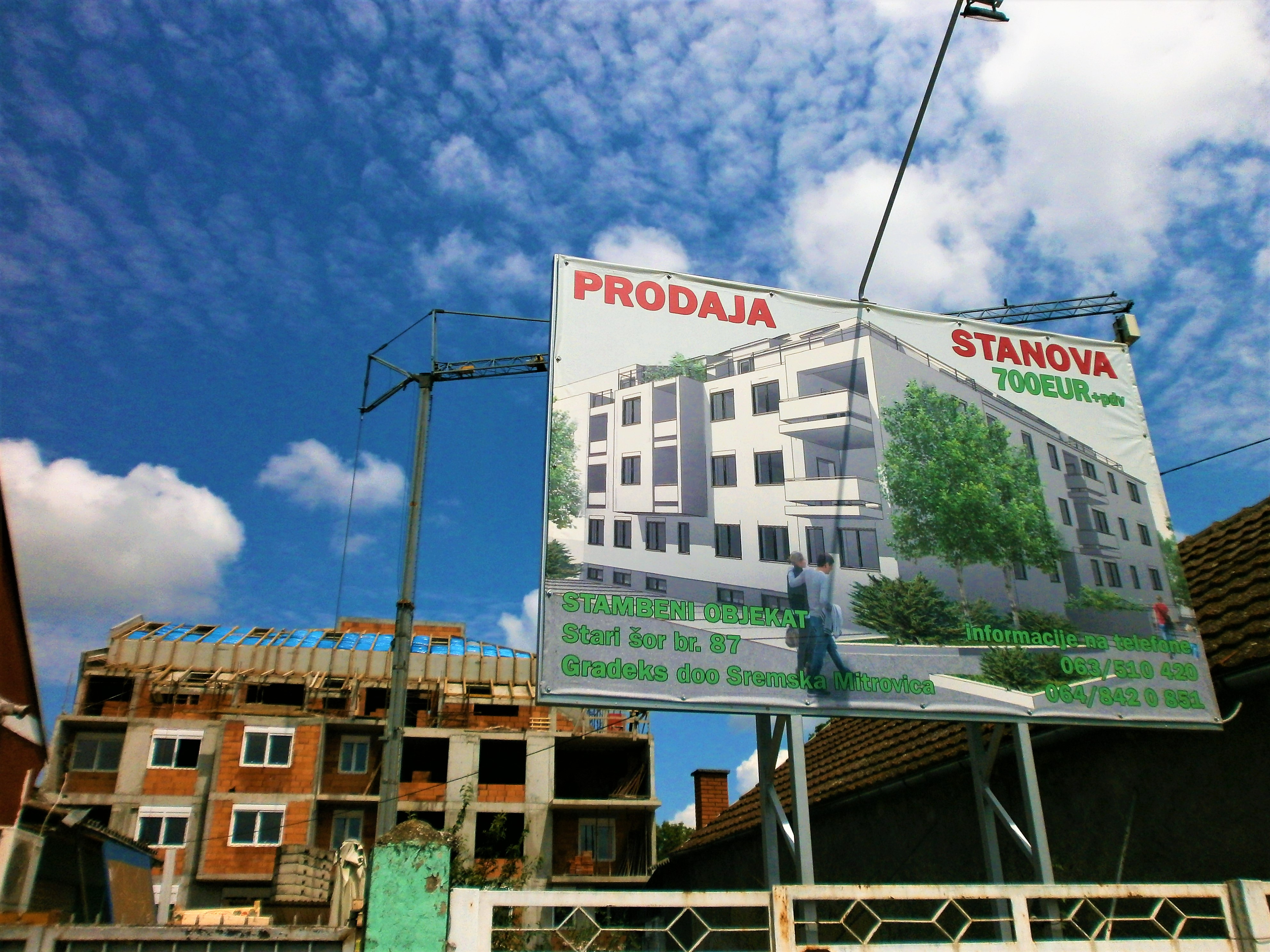
This boom is perhaps the most noticeable in the town of Sremska Mitrovica since it is the capital of the entire region. The economy in Mitrovica was devastated for 15 years and now it is completely revitalized. The square metre of residential housing at the elite locations costs about 700 euro. Subotica has experienced a similar progress in housingconstruction, profiting from the EU’s proximity (the entire Vojvodina is close to the EU), and the prices here are similar to those in Mitrovica. One of the tragedies that is become increasingly noticeable is that surburban houses here can be bought for 200 euro per square metre or even less. This crude centralization is the consequence of the underdeveloped transport infrastructure, with everyone flocking to the cities. Why shouldn’t a person, if they could, have a house in Smederevo and take only 30 minutes on a fast train to get to Belgrade to work?! The development of road infrastructure will stop the centralization of large cities and the devastation of villages, as well as bring about lower prices of real estate in cities. It is possible to have a developed real estate sector with excellent infrastructure. Spain has proven this, emerging from the crisis as the beacon of light for development of Southern European countries.
